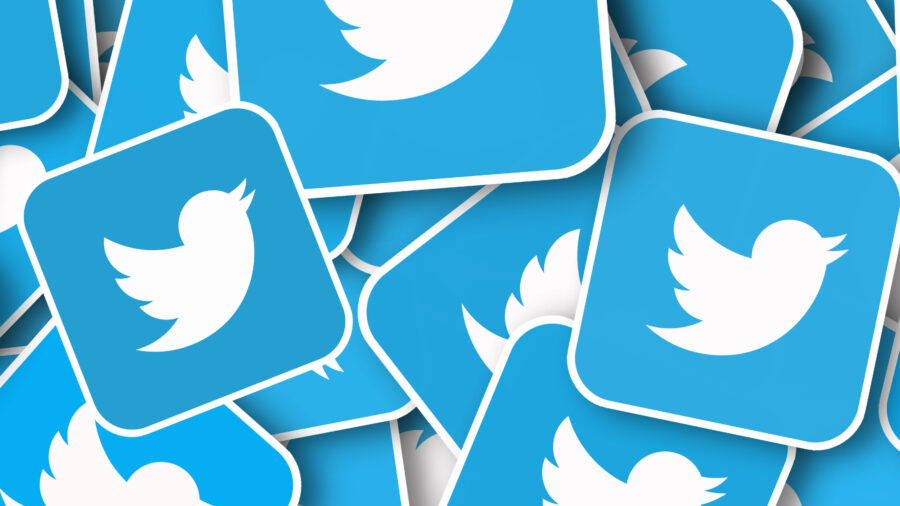Twitter Has A New Way To Censor Larger Numbers Of Users On Their Platform
Twitter has a new strategy to censor posts.
This article is more than 2 years old

Twitter users may finally be able to do something to censor misinformation when they see it on the platform. The company announced on Tuesday that it’s testing out a new feature that will allow users to simply report tweets they come across that may present misinformation to other users in an effort to crack down and censor how much can proliferate on the platform. The Twitter Safety account made the announcement, revealing that it’s testing the new feature in just three countries.
As of Aug. 17, Twitter users in the U.S., Australia and South Korea may find themselves with the ability to report tweets for being misleading. The function builds on a previous function baked into Twitter to report and, hopefully, censor something offensive or that’s in violation of its policy. Users just need to click the three gray dots in the upper righthand corner of every tweet where they’ll get a drop-down menu. They can then navigate to the “Report Tweet” option, which has always been there. What’s new, though, is the option to select “It’s misleading” from the list of reasons as to why you want to report the tweet in question.
Other options for reporting something on Twitter include “I’m not interested in this Tweet,” “It’s suspicious or spam,” “It’s abusive or harmful” or “It expresses intentions of self-harm or suicide.” Twitter users shouldn’t be alarmed if they don’t see the option on their accounts as it has not been rolled out to every user in the three named countries. Instead, the company is hoping to simply experiment with a smaller dataset in the hopes of assessing if the new reporting option will help censor misinformation on the platform as well as track the broader origins of it trending.

The Twitter Safety account also said not to be alarmed if no action is taken as the experimental stage won’t allow the company to address every single instance of reported misinformation. This is just one of the many efforts the platform has made in recent months to combat the spread of misinformation in the wake of high-profile events like the situation in Afghanistan and the COVID-19 pandemic (including public safety information on vaccination and mask-wearing). Earlier this year it pushed a pilot program called Birdwatch that will allow users to give context to potentially misleading information on the site on a separate website. The goal being to provide context and access to proper information without directly censoring people in real-time during more fluid situations.
Perhaps one of the best examples of Twitter’s efforts to combat misinformation was first noticed by many during the 2020 presidential election in the United States. After making unfounded claims that the election was somehow stolen from him, Twitter slapped a fact check label on several of Donald Trump’s tweets. People immediately took notice as the 45th president typically used the platform to announce White House policy, attack his political rivals and speak unfiltered to the American people.
Unfortunately, Twitter’s fact-checks were met with controversy at the time on both sides of the political aisle, with those on the left wondering why it was only censoring Trump now and those on the right wondering why it was doing so at all. In the end, the site ended up censoring the former president altogether by suspending his account permanently.











